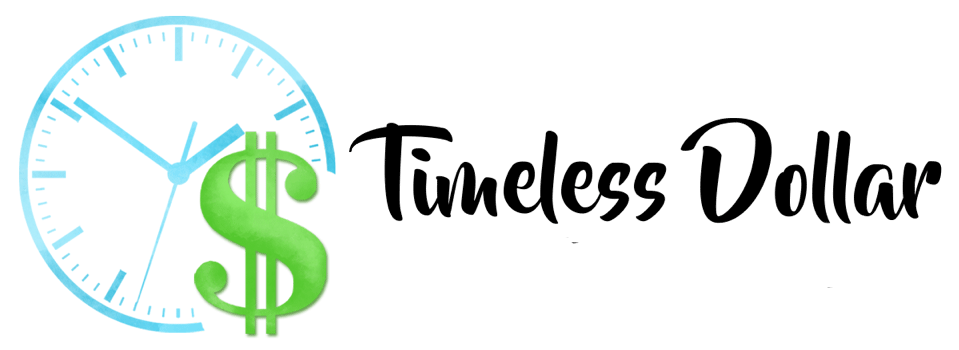Emini Trading Strategy
Trading Zones Are Defined By Support and Resistance
One trading strategy is to find the support and resistance where the market will trade. This strategy can be extremely helpful in determining the emini price range for the day. A trading zone can be defined as a box bounded on the top by a resistance point on top and on the bottom by a support point, or support and resistance, as they are commonly known. Learning how to calculate a trading zone is an important part of learning how to trade eminis.
Calculating the day’s likely support and resistance is a very important strategy used by many professional traders. Unfortunately, most day traders don’t know how to use this strategy, and don’t know how to make the complex calculations that result in determining, in advance, the likely support and resistance for the day. Yet, this is very valuable information.
Enroll and Receive Daily Support and Resistance
Every student receives the next day’s support and resistance via email each evening, using Taylor’s Book Method, a time-tested method.
Example: On October 4th, students received an email reporting the next day’s trading zone support and resistance. Support and resistance were reported as 4300 and 4334 respectively. Both targets were accurate, with prices bouncing off support in the morning and breaking through resistance and closing at the exact resistance level. See below.

Anyone who wants to learn how to trade needs to know how to determine where to enter and exit the market on the following day. Trading Zones can be calculated by following Taylor’s Book Method. But unlike the raw numbers, a wise trader needs to know how to interpret the results. Still, knowing how to calculate trading zones and knowing how to use them make knowledgeable traders much more successful than others who use the “seat of the pants” method.
By knowing the price support and resistance levels, a trader will also know the range that prices are likely to trade. It is very important to point out that certain conditions can cause prices to trade outside the calculated zone, such as important market-moving announcements. Over a period of years,, the calculated range has proven more accurate than the actual trading zone. After calculating the day’s trading zone, it may be necessary to shift the zone up or down, depending on prices during the first half-hour of trading.
Knowing the day’s trading zone before the market opens gives traders a big advantage over “seat of the pants” traders. People who enroll in my trading course receive the calculated support and resistance numbers for the following day by email. You can receive this information each evening by enrolling in my trading course using this link, or click the button below. As a bonus, you’ll receive a 10% discount AND my satisfaction guarantee. See my refund policy on the enrollment page.
Not ready to enroll and become a better trader? Then, subscribe to my mailing list and receive information about my trading course. Subscribe using this form.


